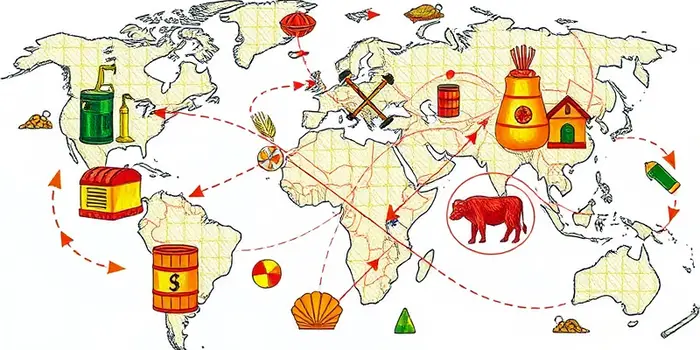
As global supply chains recalibrate after a period of extraordinary disruptions, commodity markets are experiencing significant shifts. Understanding how prices respond to evolving trade patterns, logistical adjustments, and geopolitical dynamics is critical for businesses, policymakers, and consumers alike.
This article explores recent trends, underlying mechanisms, sector-specific insights, and forward-looking considerations to provide a comprehensive guide for decision-makers navigating this complex landscape.
After surging to multi-year highs in 2021 and 2022, global commodity prices are on course for a broad-based decline. Forecasts point to a 12% drop in 2025 and an additional 5% reduction in 2026, marking levels not seen since 2020 and the lowest of the 2020s.
More than half of tracked commodities are set to fall by over 10% next year, driven by easing supply constraints and moderating demand in key markets.
• Oil prices face substantial downward pressure amid ample production and a slower growth outlook.
• Agricultural staples such as wheat and soybeans remain elevated but stabilize within narrow bands: wheat at $6.50–$7.50 per bushel, soybeans at $12–$13 per bushel.
• Livestock and dairy sectors see record-high cattle prices ($180–$200 per hundredweight) and stable dairy costs ($18–$20 per hundredweight), sustained by strong demand and supply limitations.
Commodity price volatility over the past half-decade has been shaped by multiple disruptions and subsequent adjustments. Understanding these factors helps explain current price behavior and future trajectories.
When supply chains adjust—through increased capacity, new routes, or diversified sourcing—price pressures typically ease. Markets transmit these changes via direct and second-round effects. Core tradables like energy and food register immediate shifts, while services and housing absorb elevated input costs over time.
The past decade ranks as the most volatile for commodities since the 1970s. Supply-driven spikes in food, energy, and manufacturing inputs have been a key driver of global inflation.
As prices fall in 2025–2026, inflationary pressures are expected to subside, offering relief to central banks and consumers. However, risks remain:
Balancing these forces will shape economic planning and monetary policy decisions worldwide.
Different commodity categories reflect unique supply chain sensitivities and market dynamics. The table below summarizes key outlooks for 2025:
As supply chains evolve, public and private actors must collaborate to enhance resilience and manage price volatility. Key considerations include:
• Tariffs and protectionist measures can backfire, raising production costs and distorting trade flows.
• Encouraging diversified sourcing and strategic reserves can cushion against future shocks.
• Investments in digital tracking, infrastructure upgrades, and green logistics support sustainable supply chains.
Looking ahead, uncertainty remains whether current volatility reflects a lasting ‘new normal’ or a temporary response to pandemic-era disruptions. Adaptation strategies adopted today will determine market stability in the coming decade. Firms that proactively manage risk—through alternative sourcing and capacity expansion—are likely to navigate price swings more effectively.
Ultimately, informed policy frameworks and strategic corporate actions can transform supply chain challenges into opportunities, fostering more resilient global markets and delivering benefits to producers and consumers worldwide.
References













